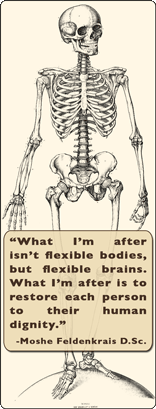 |
||||||||||||
|
||||||||||||||||||||
 |
||||||||||||||||||||
LiFT Listening Fitness® Aerobics for the Ears
The History: The LiFT Program: The LiFT assists our natural abilities to fine tune our perception of incoming sounds with greater ease. The rich, high frequency sounds of certain musical compositions are able to train the listener’s ears, and modulate our ability to attune and protect. The LiFT Program begins with a standardized questionnaire and intake interview (click here to request a quetionnaire, and schedule an interview) designed to determine the person’s Listening Profile. The Listening Profile helps to set achievable goals and set the pacing of the program. The client then completes 2, 15-day training series with the LiFT while participating in other prescribed multisensory, posture building, academic, motor coordination and relaxation activities. During the second training period, voice work is introduced with the use of a microphone in order to improve the ear-voice feedback loop for more sustainable results. Common results of the program include: improved reading, writing and communication skills; heightened development of self regulation, which includes better breathing, sleeping and eating patterns; as well as increased attention span, social adaptability and bowel/bladder control. Common presenting issues and diagnosis: Adults with listening problems present with a wide variety of issues. Some adults present with decreased vitality and energy level, poor memory and concentration, and feeling disorganized; while others complain of difficulty relaxing or feeling centered. Those whose work involves speaking in front of groups; like salespeople, performers, teachers and executives; often requiregreater voice quality, confidence and projection for more effective public speaking. Adults learning a second language also benefit from a new ability to tune into unfamiliar sounds with improved listening skills. Other diagnoses which will improve from LiFT Listening Fitness are auditory and sensory processing disorders, attention deficit disorders with or without hyperactivity (ADD or ADHD), Down syndrome, autism, pervasive development disorders (PDD), Asperger’s syndrome, dyslexia, learning disabilities, speech and language delays, fine motor coordination delays, and poor posture or coordination. |
||
Phone: 617.875.6041 | 19 Mystic Street, Arlington Center, Arlington, MA |
Home • Mission • Directions • Online Store • Resources • Site Map • Contact Us |
 The Definition:
The Definition: children and adults also experience tactile defensiveness (sensitivity to touch), and find certain textures and foods displeasing.
children and adults also experience tactile defensiveness (sensitivity to touch), and find certain textures and foods displeasing.